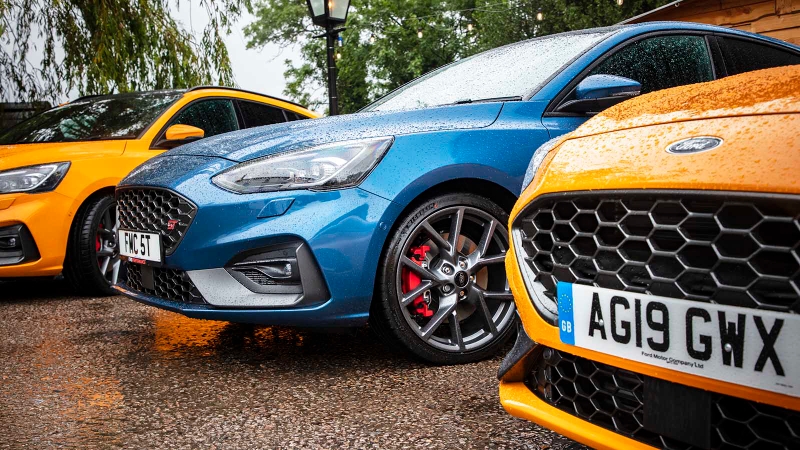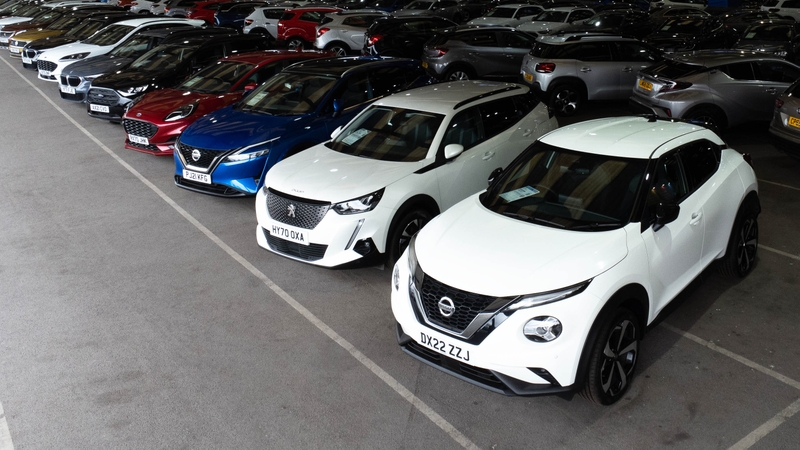








Ford Ecosport Review
The Ford Ecosport brings chunky styling, decent rear-seat practicality and makes sense as a used car where prices are low.
But the Ecosport feels like an old car, outclassed for overall practicality, handling, economy and equipment by its numerous newer rivals.
- Good value as a used car
- Decent rear-seat space
- Easy to park
- Wayward ride quality
- Very plasticky interior
- Awkward, small boot
Should I buy a Ford Ecosport?
Imagine a mouse with a megaphone. At first it seems big and tough, but get up close and it’s smaller and not as tough as you first expected. That’s a little bit like the Ford Ecosport. It looks like a rufty-tufty 4x4 – especially older cars with the tailgate-mounted spare wheel – but it’s based on the Ford Fiesta.
There’s even a storage cubby disguised as a grab handle on the dashboard and, while all-wheel drive is available, you certainly won’t get far if you try and follow a Land Rover’s tyre tracks. It all feels like the Ecosport is trying a bit too hard.
The Ecosport has been on sale for around a decade, in which time more and more rivals have come onto the scene. Almost every carmaker produces at least one small SUV, and Ford has even brought out the Puma, which is measurably better than the Ecosport and is still based on the fun Fiesta.
At least prices for the Ecosport are low – lightly used examples are available from Motorpoint from less than £170 per month as we write this. In isolation, it’s a good car for budget-conscious drivers. But we’d recommend you also check out the Renault Captur and SEAT Arona before settling on the Ecosport.
Interior and technology
All Ecosports produced since late 2017 get Ford’s eight-inch touchscreen. This makes the interior feel vastly more modern than older Ecosports, although it’s clear that some of the switchgear has been carried over from older Ford models.
Like in the Fiesta and Puma, the Ecosport’s touchscreen is pretty easy to figure out. It’s more intuitive than the systems in the Citroen C3 Aircross and Peugeot 2008, even if the graphics are quite simple and outdated.
One way that the Ecosport feels like a proper off-roader is that all its interior surfaces are easy to wipe clean. It feels really durable, if not at all luxurious. The only soft-touch bit is a pad to rest your elbow on on the door panel.
It’s a bit narrower than the Puma, and really feels it inside. The centre console really eats into front legroom and there’s really not much room to stretch out on long journeys.
Practicality
The Ecosport doesn’t take up much space on the road, being barely more than four metres long, but you’ll need to leave a lot of extra room behind you in a parking space. Again, like an old-school 4x4, the boot lid is hinged sideways and swings out, rather than rising up like the majority of its rivals. Once you manage to manoeuvre around the boot gate – not always an easy task – you’re greeted with a wide and tall boot opening. It’s easy to load big items, but you’re limited slightly by the Ecosport’s load capacity – its 334-litre boot is a little bigger than a Fiesta’s, but almost all other small SUVs offer more luggage space.
With a six-foot-plus adult in the driver’s seat, there isn’t much room for passengers in the rear seats, although with a shorter driver there’s enough space. Headroom is really good, thanks to the Ecosport’s height – it’s very nearly as tall as a Ford Kuga or S-Max.
An almost flat rear bench means that three adults can just about squeeze in the Ecosport without being sat on top of each other. However, two occupants might feel poorly supported in the seats on longer journeys.
Engines and performance
Occasionally you’ll find diesel Ecosports for sale, which are capable of around 55mpg when driven gently, but the vast majority of cars come with Ford’s familiar 1.0-litre EcoBoost petrol engine. There are 100hp, 125hp and 140hp versions, which can return 47-48mpg. The 125hp version is the most popular and this is the one we’d recommend, because it feels quick enough around town and doesn’t have an issue getting the Ecosport up to motorway speeds.
No Ecosport is what you’d call fast, though, with its engines taking between 10 and 14 seconds to get from 0-62mph. Some of the Ecosport’s rivals, such as the SEAT Arona, are both quicker and more economical.
Driving and comfort
Ford’s modern cars are known for a great driving experience, with a pleasing manual gear shift and tidy handling. The Ecosport steers well and the steering wheel gives you some idea of what the wheels are doing, but its tall, narrow body means there’s a lot of body roll. It’s a bit like driving a Fiesta from the top of a ladder.
The gearbox is also more vague than we’d like – it’s somehow not as fun and precise as the Fiesta’s. The overarching feel is that the Ecosport certainly could drive better, and Ford has essentially confirmed this – the newer Puma is the best-driving small SUV.
Drive the Ecosport like an SUV and not like a sports car and you’ll find it an easy way to get from A to B. It’s just the same is true of nearly all its rivals, too.
























































